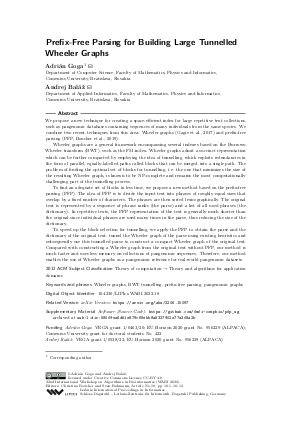LIPIcs.WABI.2022.18.pdf
- Filesize: 0.67 MB
- 12 pages

 Creative Commons Attribution 4.0 International license
Creative Commons Attribution 4.0 International license


















Feedback for Dagstuhl Publishing